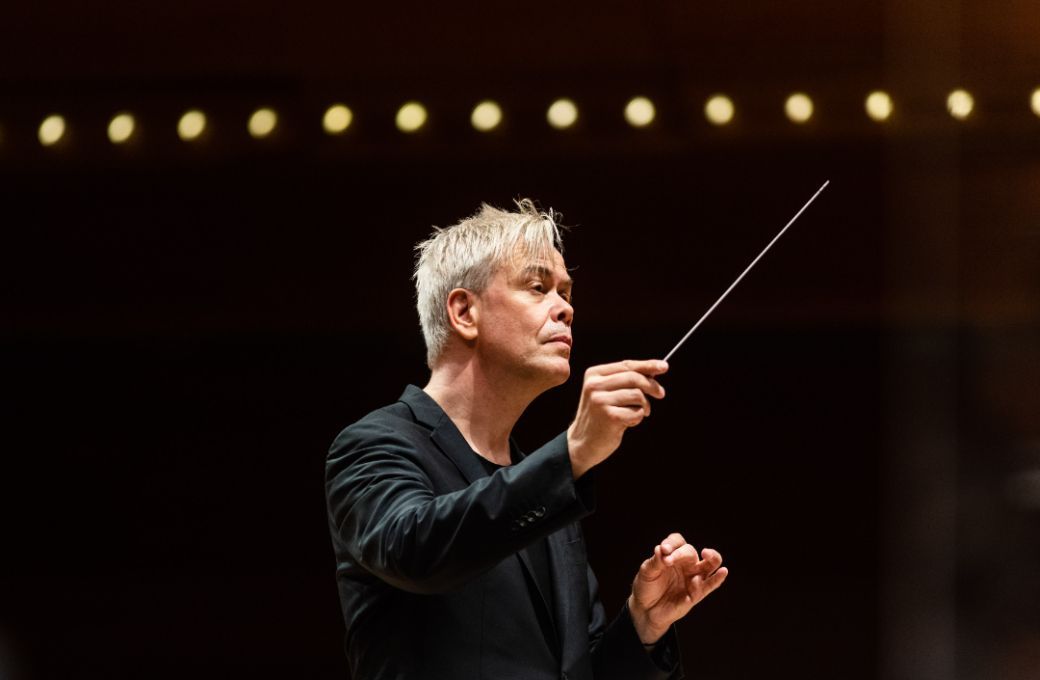How often is one able to hear Bartók's Concerto for Two Pianos and Percussion featuring superstar pianists? How often do professional orchestras program Stravinsky's Symphonies of Wind Instruments? The Orchestre symphonique de montréal presented both pieces on this occasion, which made for a special event.

The concert began with the Stravinsky, which has been analogized to a Cubist depiction of colours and planes. It employs myriad combinations of instruments that each constitute a sonic collage. This was guest conductor Hannu Lintu’s first appearance with the OSM; their rendition benefitted from attention to detail and the rhythmic cohesion and balance were exceptional. However, Lintu's interpretation was too controlled, consequently inhibiting expressiveness. The myriad of instrumental groups employed in the piece each constitute a disparate symphony: this evening's rendition was successful when these individual symphonies occurred in isolation, less so when they occurred simultaneously.
From a rarely performed piece for winds, we segued to Bartók’s seldom heard Concerto for Two Pianos and Percussion. Pianists Daniil Trifonov and Sergei Babayan, along with percussionists Serge Desgagnés and Andrei Malashenko, collectively constituted the highlight of the evening. They seemed to easily handle the formidable demands of the concerto, which is somewhat reminiscent of the better known Music for Strings, Percussion and Celesta. Eerie night sounds were effectively evoked in the middle section of the second movement, while the finale conjured a gamut of moods: frenetic, playful, laborious, and finally a soothing farewell. Trifonov and Babayan collaborated with laudable sensitivity and spontaneity. Kudos to the Montreal born and bred percussion soloists, Desgagnés and Malashenko, for rising to the occasion in roles that were of equal importance to those of the internationally renowned piano soloists. Lintu ensured that the orchestral charges were secure rhythmically and respectful of the balance between themselves and the soloists.
The Finnish conductor had selected ten movements from Prokofiev's incidental music for Romeo and Juliet to round out the concert. Stark dynamic contrasts achieved in the opening “Montagues and Capulets” movement were highly effective and later ,on the searing intensity reached in the “Death of Tybalt” brought the house down. Many OSM musicians stood out – exquisite flute duets, solid bass line collaborations involving the string basses, bass clarinet, contrabassoon and tuba, exemplary viola and trumpet solo work and the polished technical facility of the violins. Lintu's interpretation was coherent and expressive throughout.
In North America, the crowd is all too often on its feet hooting and hollering before the final chord has been cut off. On this occasion, Lintu achieved the longest silence from an OSM audience following a work's conclusion in memory – a testament to the respect garnered in the course of this conductor's OSM debut from performers and audience members alike. Montrealers would welcome a return visit from Lintu, due to both his innovative programming and the musical results he was able to achieve.


